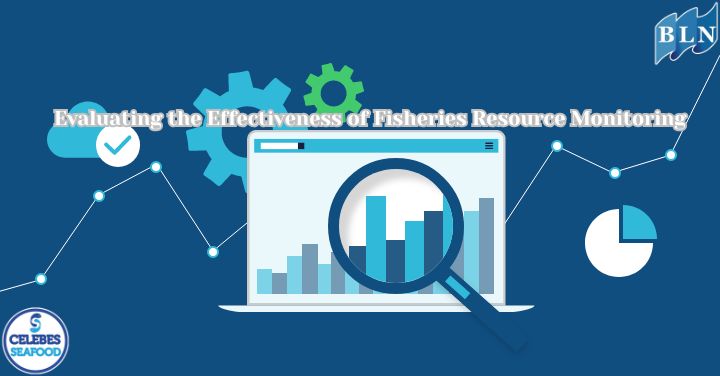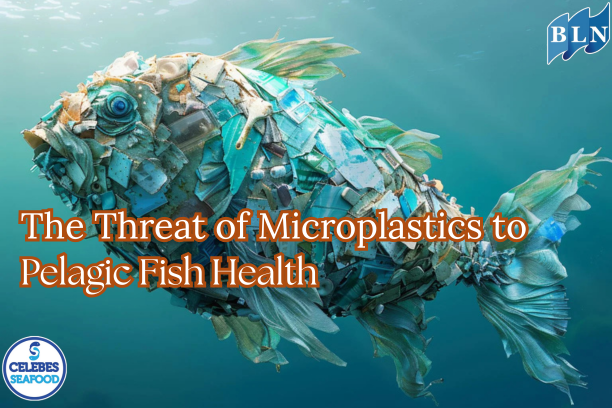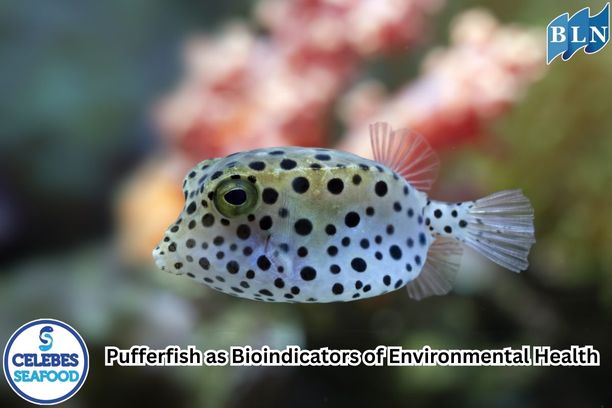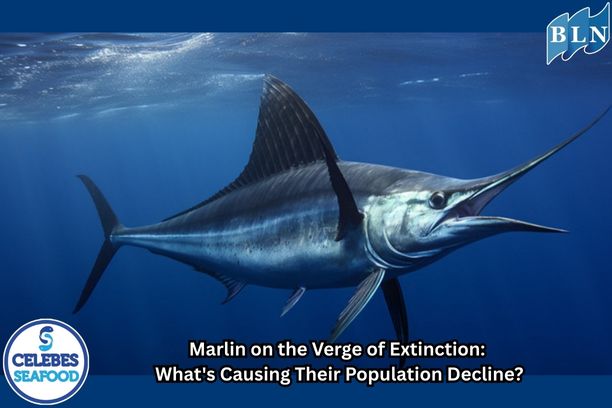Measuring the Impact of Surveillance: Evaluating the Effectiveness of Fisheries Resource Monitoring on Compliance Levels
By. Tri - 08 May 2025
lautnusantara.com_ As a maritime nation with abundant fisheries resources, Indonesia faces the complex challenge of maintaining the sustainability of its marine ecosystems and ensuring the responsible utilization of these resources. One key instrument in this effort is the implementation of fisheries resource monitoring systems. However, a fundamental question that often arises is: how effective is this monitoring in encouraging compliance among fishers with applicable regulations? This article will explore the concept of evaluating monitoring effectiveness, identify key indicators, and highlight the challenges and opportunities in optimizing the role of monitoring as a primary pillar of good fisheries governance.
Fisheries resource monitoring is not merely an activity of collecting data on fish stocks, fishing activities, or marine environmental conditions. Beyond that, monitoring plays a crucial role in detecting potential violations, providing essential information for decision-making, and ultimately, it is hoped to increase awareness and compliance among fishers with established regulations. The effectiveness of monitoring can be measured by its ability to generate positive behavioral changes, reflected in a decrease in the number of violations such as illegal fishing, the use of prohibited fishing gear, or violations of conservation area zoning.
So, how can we evaluate the effectiveness of fisheries resource monitoring on compliance levels? Several key indicators can be used as benchmarks.
First, is the rate of violation detection. The more effective the monitoring system, the higher the ability to identify and record various forms of violations that occur. However, it is important to note that an increase in detection does not always mean an increase in violations, but could instead indicate that the monitoring system is becoming better at reaching and supervising marine areas.
Second, is the rate of enforcement and sanctions. Data on the number of violation cases that are followed up and the sanctions imposed are important indicators. The effectiveness of monitoring will be questioned if findings of violations are not accompanied by firm and consistent legal action. The deterrent effect created by effective enforcement will significantly contribute to increased compliance.
Third, is the change in fisher behavior. This indicator is more difficult to measure directly, but can be observed through trends in decreasing violation rates over time, increased participation of fishers in sustainable fisheries management programs, or the adoption of more responsible fishing practices. Perception surveys and interviews with fishers can also provide qualitative insights into changes in awareness and compliance.
Fourth, is the condition of fisheries resources. Although influenced by various factors, the improvement or at least stabilization of fish stock conditions and marine ecosystems in intensively monitored areas can be an indirect indication of increased compliance with management rules. Effective monitoring should contribute to reducing excessive exploitation pressure.
Despite its great potential, the effective implementation of fisheries resource monitoring faces various challenges. Limited resources, both financial, technological, and human, are often the main obstacle in reaching all vast marine areas. The complexity of marine ecosystems and the dynamics of fishing activities also complicate comprehensive surveillance efforts. In addition, coordination among agencies involved in fisheries management needs to be strengthened to ensure the effectiveness of monitoring and law enforcement.
Nevertheless, there are various opportunities to enhance the effectiveness of fisheries resource monitoring on compliance levels. The utilization of modern technology, such as satellite-based vessel monitoring systems (VMS), drones, underwater sensors, and digital reporting applications, can increase the reach, accuracy, and efficiency of surveillance. Community-based surveillance approaches, involving fishers and coastal communities in monitoring activities, can also increase the sense of ownership and compliance with regulations. Capacity building for human resources involved in monitoring and law enforcement, as well as strengthening cooperation among agencies through information exchange and joint operations, are also key to success.
At the local level, such as in Makassar and South Sulawesi, with their unique geographical and socio-cultural characteristics, the evaluation of monitoring effectiveness needs to consider local wisdom and involve the active participation of coastal communities. The integration of traditional knowledge with modern technology can lead to more adaptive and effective monitoring systems in promoting compliance.
Evaluating the effectiveness of fisheries resource monitoring on compliance levels is an ongoing process that requires a multidimensional approach. By identifying and measuring key indicators, and addressing various challenges through technological innovation, institutional strengthening, and community involvement, monitoring can be transformed into a more powerful instrument in achieving responsible and sustainable fisheries governance. Ultimately, the effectiveness of monitoring is not only measured by the number of violations detected, but by its ability to cultivate inherent awareness and compliance among all fishers for the better future of Indonesia's marine resources.
If you are interested in our product CALAMARI WHOLE ROUND, CUTTLEFISH WHOLE ROUND please do not hesitate to contact us through email and/or whatsapp.





 Biology, Behavior, and Utilization.jpg)


